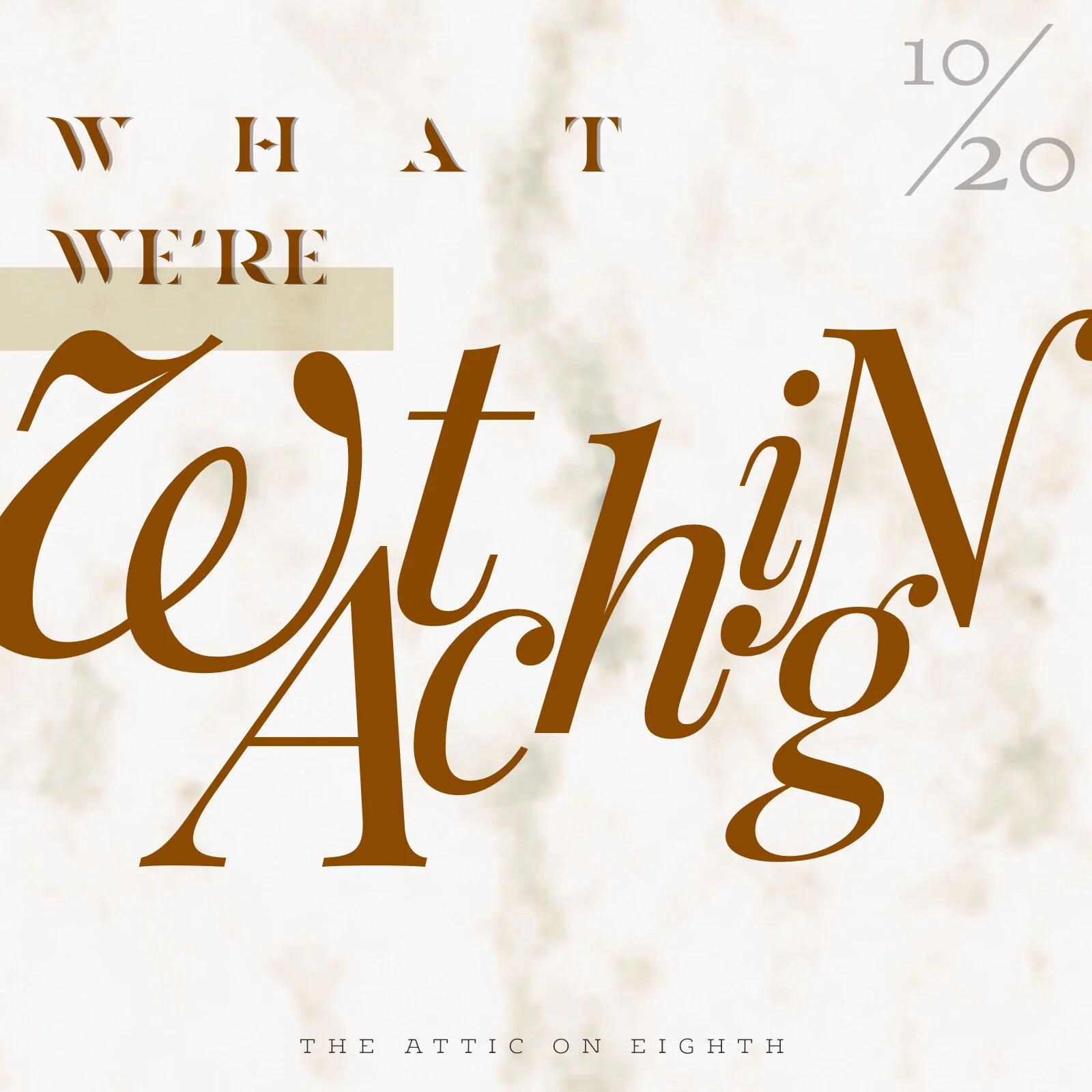Gentle Monsters
Where the Wild Things Are, Maurice Sendak (1963).
The gentlest things are always monsters.
“Since childhood I have been faithful to monsters—I have been saved and absolved by them. Because monsters, I believe, are patron saints of our blissful imperfection,” said Mexican film director Guillermo del Toro in an Academy Award acceptance speech.
What do I mean by “monsters”? I could spit a dictionary definition of the word at you, but what use would that be? I mean the imperfect, the ugly, even the mean—the things that don’t make sense to us. There’s the story of the man who rescued a snake from a fire, and when it bit him, another man asked him why he still helped a snake who bit him, and the first man replied, “It’s in its nature to bite. It’s mine to help.”
Because what are human beings but gentle monsters? We’re physically disgusting in so many ways that cannot be glamorized, and we do terrible things to each other and other creatures and things, and yet we’re capable of so much love, that we can love monsters.
“He isn’t safe, but he’s good,” says Mr Tumnus about Aslan in The Lion, the Witch, and the Wardrobe. What a description of gentle monsters.
Where the Wild Things Are by Maurice Sendak is one of the first books read by English-speaking children. A child loves to wear his monster suit and upon getting in trouble, journeys to “where the wild things are,” and is made the king of the wild things.
In Guillermo del Toro’s own movie El laberinto del fauno, there are monsters who try to hurt the main character, a young girl, Ofelia, while she completes her assigned tasks to earn her place as royalty, but it’s other monsters put her on her path in the first place, help her, and even die for her.
In the stop-motion animation adaptation of Neil Gaiman’s Coraline, the Other Mother’s broken and button-eyed creations become Coraline’s allies as she tries to save her real parents and herself. The Other Father and the Other Wybie, sawdust-packed parodies of Coraline’s real father and the neighbor kid, are destroyed by the Other Mother for helping the hero on her way. They’re uncanny and inhuman but their misery under the control of the evil Other Mother makes them kind.
The Addams Family, Charles Addams.
Another story of Gaiman’s, the children’s novel, The Graveyard Book, in which an orphaned child is raised by the ghosts and other beings who haunt a cemetery. Similarly, The Addams Family series tells of the mundanities of life for a family of spooky humans and their monster-esque relatives and friends. The story of the Addams family has never been anything but a comedy, and that’s its beauty. The anime Souleater also finds humor and joy in conventionally dark subjects—the son of Death himself is called Death the Kid and he rides a skateboard, because why not?
But by no means is our sincere love of the dark a recent phenomenon. Religion and folklore are full of scary and even dangerous creatures that are far from entirely bad.
The concept of a church grim comes from an ancient idea of the need for a foundational sacrifice. Something must be killed to hallow new ground. In Europe, this combined with the concept of the Padfoot or Black Shuck, a ghostly wolf-like creature, and grew into the tradition that a dog was to be killed and buried upon the opening of a new cemetery, so its spirit would protect the bodies and even souls of the humans buried there.
It’s not the banshee’s scream that kills a loved one. It only warns you that one will die. The banshee is not the monster. Or it is a monster, but it lets you know a far worse one is on its way.
Nearly every culture has personified death, often into something humanoid.These portrayals of anthropomorphized death range from something to run from to the creature who waits for you at the end of the metaphorical tunnel. A popular Internet comic series created by Instagram artist @jenny_jinya portrays Death as a traditional grim reaper who comforts the souls of deceased animals. We often choose to conjure this idea of Death as loving and gentle, ushering us on, because we will all die, eventually, so why not assume the best of Death when it does finally come for us?
Gentle monsters give us hope that even at our worst, our meanest, our most disgusting, we can still be worthy of loving and of being loved. As del Toro emphasized, we can be worthy despite—and even because of—our imperfections. Our whole lives, we are worthy. We don’t have to be perfect to do good. What matters is that we try.
Even more than that, gentle monsters give us the opportunity to love what scares us. Pain and the dark and ugliness and death. There’s beauty in our failures, in our monstrosities, and there’s beauty in the failures and monstrosities of others. As human beings trying to live in a world that makes no sense, we will explore the darkness and laugh and scream and cry. It is our nature. Meanwhile, the kind-eyed, jagged-toothed jack-o-lantern keeps the worst of the monsters at bay and lights our way home.
Annie Jo Baker is a 22 year old undergraduate in Kentucky, studying biology and chemistry, but has a myriad of other passions, especially literature and activism.












In a personal essay, Elizabeth Slabaugh visits the disappointments and realization of tempered dreams around traveling to Oxford after not being able to spend a semester at the university due to chronic illness.